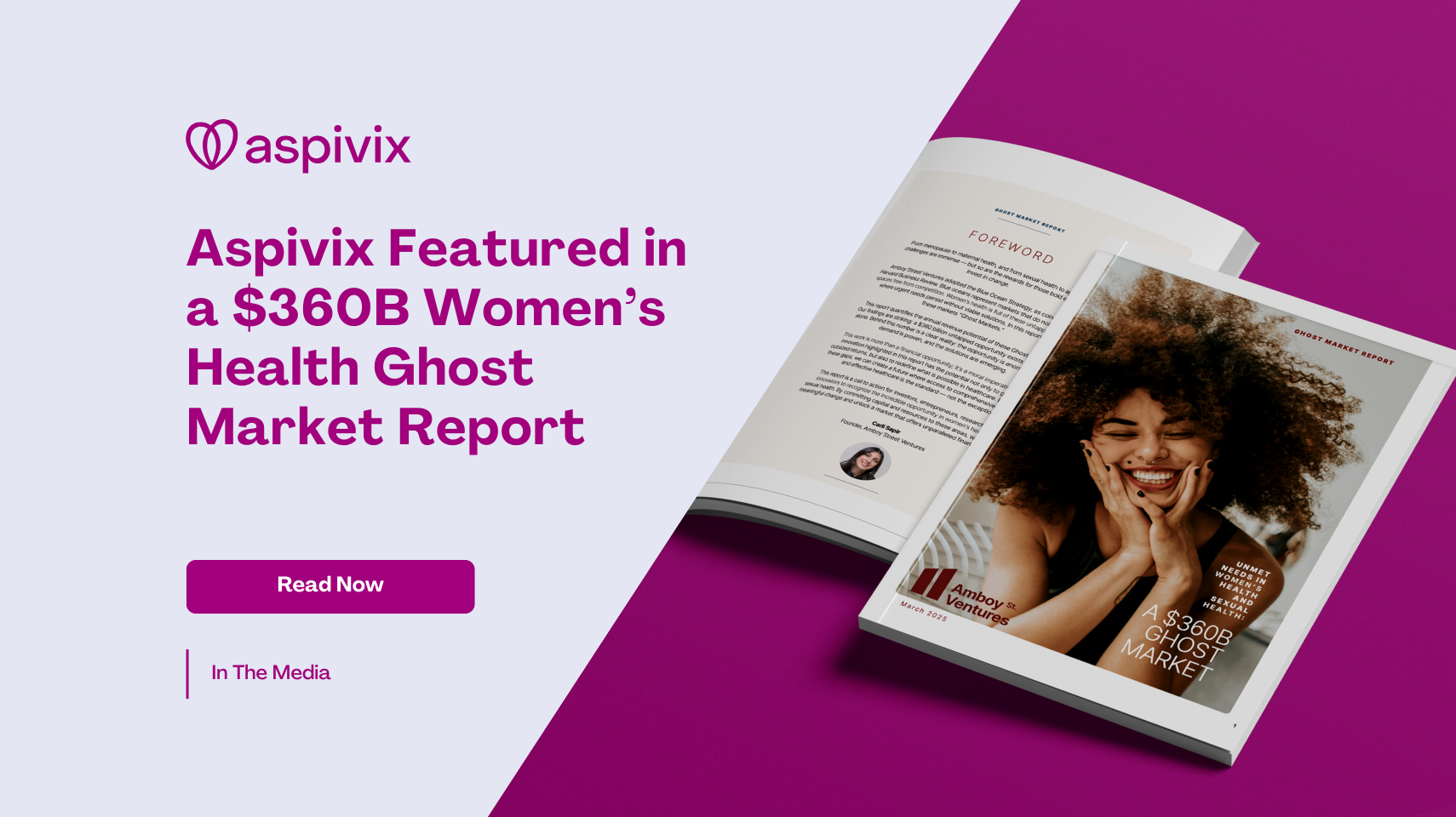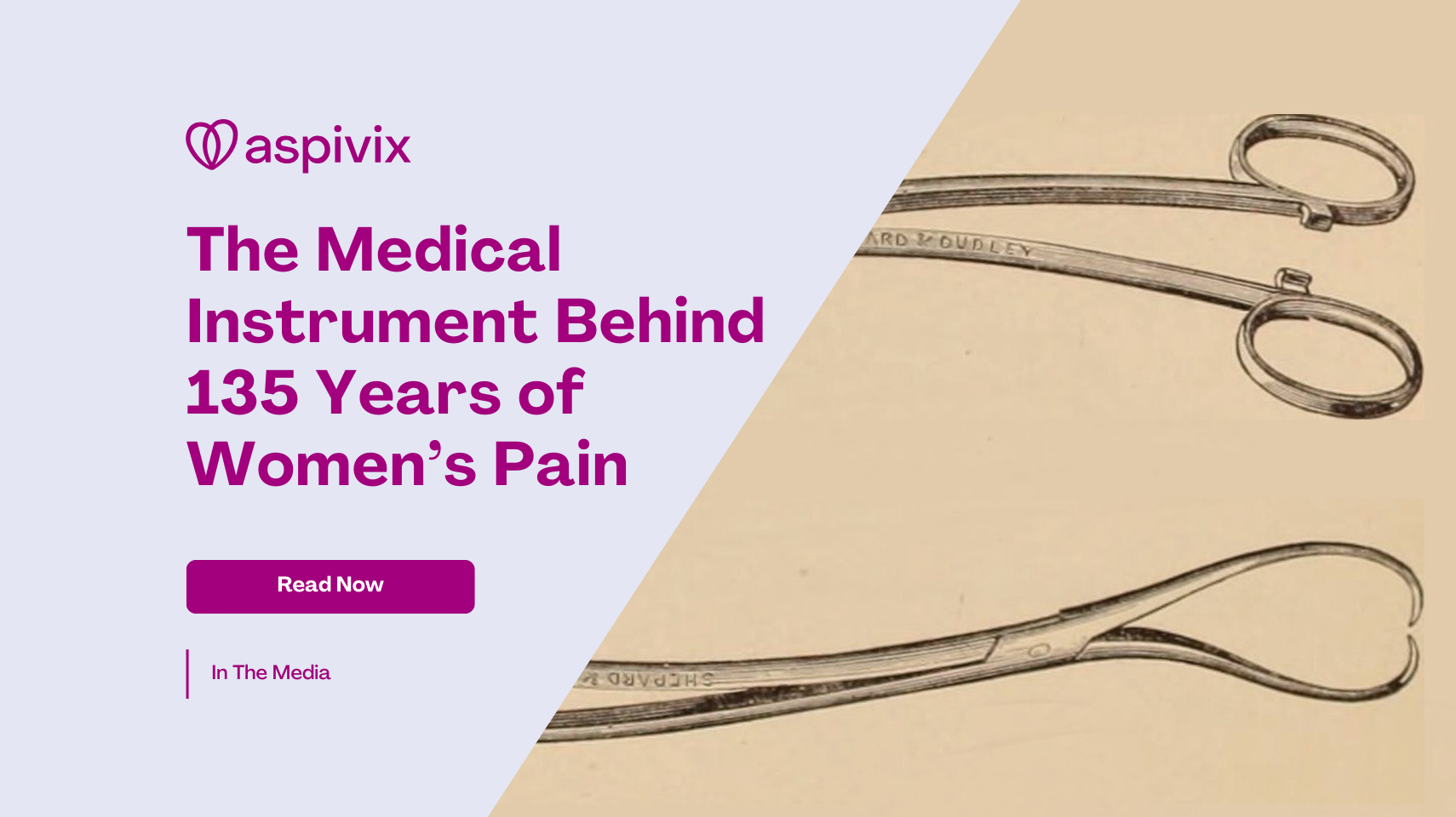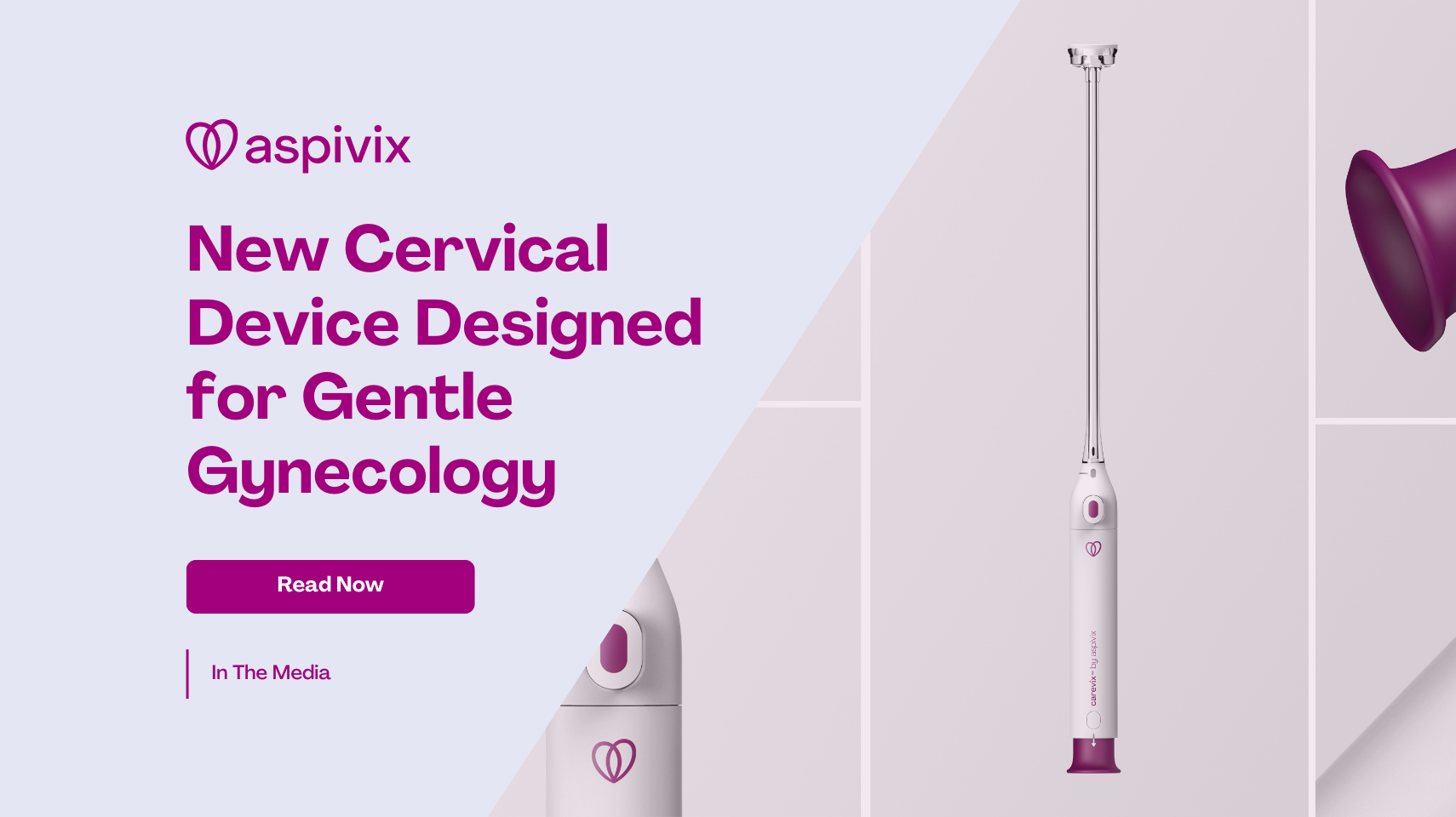
Bridging the Gender Gap in Clinical Trials
The gender gap crisis in healthcare and the need to find solutions has been a widely discussed topic in 2021 – and rightly so.
The scientific and medical communities have acknowledged this gap. Medical professionals practice evidence-based medicine which is based on evidence from clinical studies largely conducted in male subjects. As a result, women-specific symptoms are often dismissed or misdiagnosed.
But there are good reasons to be optimistic. This paradigm is changing. In the last decades, policy changes have mandated the inclusion of females in clinical trials.
More recently, innovators are using big data and modern technologies to bridge this huge gap.
This article covers:
- Innovative solutions bridging the gender gap
- Reasons behind female misrepresentation in clinical trials
- Commonly misdiagnosed women’s health conditions
Tech and big data coming to the rescue
To address the issue of the gender gap in medicine there is a need for more measures to promote inclusivity in research and clinical trials to ensure that women’s health concerns are understood better. (1)
Despite the laws that aim to ensure the inclusion of women in the early days of clinical trials and research, women’s participation remains low. The law allows researchers the option to just mix the research data for both men and women together which means women-specific results are not properly studied further. (2)
In recent years, many startups focusing on digital health care for women have been established, helping to bridge more the gap between genders in healthcare. In 2021, this emerging industry has raked in 3 billion dollars as investors flood their business with funds. (3)

Data driven solutions can enhance the female representation in clinical trials. Image: Pexels
One mobile app, for instance, uses crowdsourcing to easily join research and also help in gathering information from clinical trials, thereby shortening the process. This is in addition to well-established medical websites that also offer medical understanding for women’s issues.
Another solution to boost female representation in clinical trials is close cooperation between the Pharma sector and digital health companies. Even though they may have a different way of tackling problems, their synergy could bring a more innovative future – mainly in women’s health.
“In women’s health we have a beautiful situation where we can offer more or less lifelong support for women – from puberty until menopause, we can cover related diseases. That is where tech and pharma, with their drugs, that we try to develop, could form a wonderful platform to help women manage that life journey together,” explained Dr. Ilka Schellschmidt, head of women’s health clinical development at Bayer and a trained OB/GYN, at Women of Wearables’ FemTech Forum. (4)
Thanks to technology, the process of data collection is becoming easier and more convenient compared to the process of data collection in a traditional clinical focus group. By integrating digital means in medical research, we can “learn a lot about women,” thinks Jill Angelo, founder of menopause-focused startup Gennev. (4)
Understanding the reason behind the gender gap in trials
The problem of misdiagnosis and neglect of women’s pain by some medical professionals is still happening. Much medical research, especially in the past, mostly only studied male physiology even with the knowledge that male and female bodies could and often produce different symptoms for the same disease.
This practice of excluding women in medical research has been criticized as early as the 1990s. This may be because, according to an issue of Smithsonian magazine, the medical profession is male-dominated and research often excludes women. (5,6,7)
Aside from male dominance in medicine, there is a prejudiced view of women as highly emotional, and less tolerant to pain than men. This leads some doctors to believe that women’s complaints are less believable and less urgent than men’s. (8)
Commonly misdiagnosed women’s health conditions
- Heart disease
Women could experience heart failure with different symptoms than men often resulting in their complaints being dismissed or ignored. In many cases, women are told to go home and rest when in fact they have a condition that merits emergency treatment. (9)
- Autoimmune Diseases
Other diseases that some doctors dismiss and misdiagnose as mere fatigue, stress, hypochondria or mere hysterics are autoimmune diseases. The research found that in 40 percent of the cases, auto-immune diseases have been misdiagnosed, often dismissing symptoms as psychogenic or hysterics. (10)
- Fibromyalgia
Since fibromyalgia has very similar symptoms to rheumatologic diseases, there is a big possibility that women who are suffering from the disease may be diagnosed with rheumatism or women with rheumatism diagnosed with fibromyalgia. (11)
- Chronic pain
One common complaint of women against some medical practitioners is the disparity of attention to their pain. In one study in 1990, a researcher discovered that in the same pain levels, men are more likely to get pain medication than women and women are more likely to be given sedatives instead of pain medication. (12,13 )
Gynecological concerns faced by women with regards to misdiagnosis
- Endometriosis
- Polycystic Ovary Syndrome (PCOS)
- Breast and Ovarian Cancer
- General pelvic pain (including transcervical procedures like IUD insertion)14
Discussion
Women make up almost 50% of the world population. It is essential to support their representation in medical research to mitigate the misdiagnosis and to better understand the female body.
We are reassured and optimistic that we – as a society – will succeed thanks to policy changes, the use of technology plus the support of countless individuals and organizations.
Sources:
1. Holdcroft, Anita. “Gender Bias in Research: How Does It Affect Evidence Based Medicine?” Journal of the Royal Society of Medicine. The Royal Society of Medicine, January 2007. https://www.ncbi.nlm.nih.gov/pmc/articles/PMC1761670/
2. “History of Women’s Participation in Clinical Research.” National Institutes of Health. U.S. Department of Health and Human Services. Accessed November 1, 2021. https://orwh.od.nih.gov/toolkit/recruitment/history
3. DeSilva, Jesmine, and Adriana Krasniansky. “Building Comprehensive Women+ Digital Health: Eight Sectors Serving Women+ Needs: Rock Health.” Rock Health | We’re powering the future of healthcare. Rock Health is a seed and early-stage venture fund that supports startups building the next generation of technologies transforming healthcare., October 12, 2021. https://rockhealth.com/insights/building-comprehensive-women-digital-health-eight-sectors-serving-women-needs/
4. Clinical trials have a historic gender gap – tech could help
5. Magazine, S. (2021, June 8). Myth and misdiagnosis have plagued women’s health for centuries. Smithsonian.com. Retrieved November 9, 2021, from https://www.smithsonianmag.com/smart-news/western-medicines-woman-problem-180977925/
6. Dresser, Rebecca. “Wanted Single, White Male for Medical Research – JSTOR.” Accessed November 1, 2021. https://www.jstor.org/stable/3562720
7. C. Longcope. “Relationships of Estrogen to Breast Cancer, of Diet to Breast Cancer, and of Diet to Estradiol Metabolism.” Journal of the National Cancer Institute. U.S. National Library of Medicine. Accessed November 1, 2021. https://pubmed.ncbi.nlm.nih.gov/2342120/
8. Author, M. C. (2021, September 15). Is misdiagnosis an epidemic among women? MedMalFirm.com. Retrieved November 9, 2021, from https://www.medmalfirm.com/news-and-updates/misdiagnosis-epidemic-among-women/
9. Overlooked or misdiagnosed conditions in women. Women’s Health Research Institute. (2015, February 11). Retrieved November 9, 2021, from https://womenshealth.obgyn.msu.edu/blog/overlooked-or-misdiagnosed-conditions-women
10. Brown, Harriet, and Health.com. “Women’s Health Problems Doctors Still Miss.” CNN. Cable News Network, October 26, 2009. https://edition.cnn.com/2009/HEALTH/10/19/undiagnosed.women.problem/index.html
11. MA;, Häuser W;Sarzi-Puttini P;Fitzcharles. “Fibromyalgia Syndrome: Under-, over- and Misdiagnosis.” Clinical and experimental rheumatology. U.S. National Library of Medicine. Accessed November 1, 2021. https://pubmed.ncbi.nlm.nih.gov/30747096/
12. Calderone, K. L. (1990, December 1). The influence of gender on the frequency of. . . Sex Roles. https://link.springer.com/article/10.1007/BF00289259?error=cookies_not_supported&code=97d61985-d97e-464a-adf6-db5fdfd81bd7
13. Bartley, E J, and R B Fillingim. “Sex Differences in Pain: A Brief Review of Clinical and Experimental Findings.” British journal of anaesthesia. Oxford University Press, July 2013. https://www.ncbi.nlm.nih.gov/pmc/articles/PMC3690315/
14. M;, Seitz. “[Autoimmune Diseases: Frequent Misdiagnosis].” Schweizerische medizinische Wochenschrift. U.S. National Library of Medicine. Accessed November 1, 2021. https://pubmed.ncbi.nlm.nih.gov/9132933/
Share this story:










